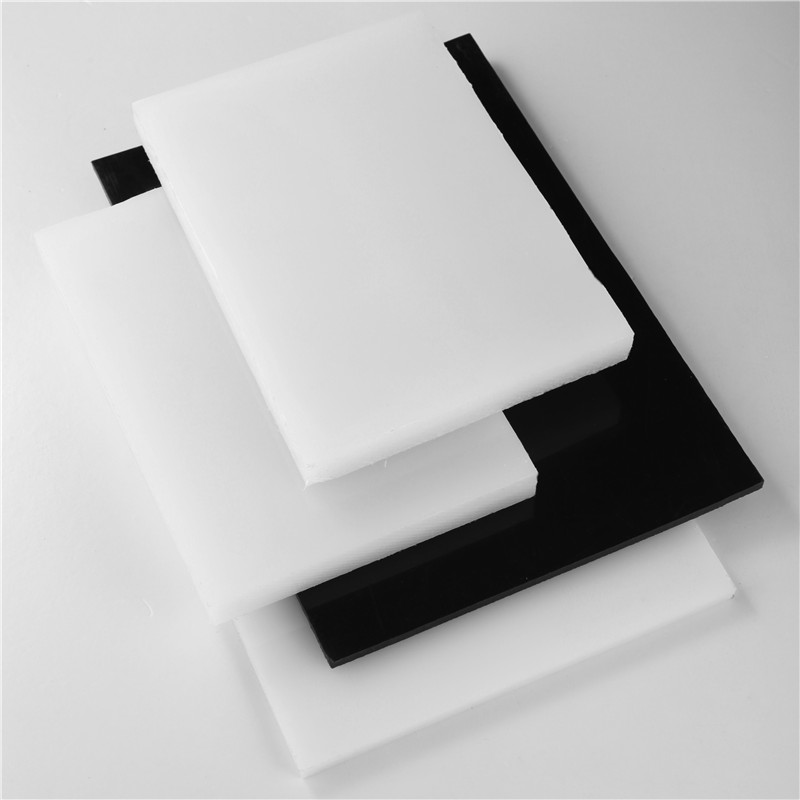Nov . 26, 2024 23:50 Back to list
Using PVC Pipes for Efficient Drip Irrigation Solutions in Your Garden Design
The Integration of PVC Pipe in Drip Irrigation Systems
Drip irrigation has emerged as one of the most effective methods of watering crops, particularly in arid and semi-arid regions where water conservation is crucial. One innovative element that has been increasingly utilized in drip irrigation systems is PVC (polyvinyl chloride) piping. Its versatility, durability, and cost-effectiveness make it a suitable choice for farms and gardens alike. This article explores the benefits and applications of PVC pipes in drip irrigation, examining how they can enhance agricultural efficiency and sustainability.
Understanding Drip Irrigation
Drip irrigation is a method that delivers water directly to the roots of plants through a network of valves, pipes, tubing, and emitters. This technique minimizes water waste by reducing evaporation and runoff, making it particularly beneficial for water-limited areas. As water is supplied directly to the plants, the need for extensive watering and the risk of soil erosion are significantly diminished. However, the efficiency of a drip irrigation system largely depends on the materials used in its construction.
The Role of PVC Pipes
PVC pipes play a crucial role in the distribution of water within drip irrigation systems. They are made from a synthetic plastic polymer that possesses several advantageous properties.
1. Durability PVC pipes are resistant to corrosion and do not degrade easily over time, even in harsh environmental conditions. This durability ensures a longer lifespan, reducing the need for frequent replacements and maintenance.
2. Cost-Effectiveness Compared to other materials, PVC pipes are relatively inexpensive. This affordability makes them an attractive option for small-scale farmers and gardeners looking to install effective irrigation systems without incurring high costs.
3. Ease of Installation PVC pipes are lightweight and easy to handle, making them convenient to transport and install. This simplicity is particularly advantageous in rural areas where access to skilled labor might be limited. The pipes can be easily cut, joined, and arranged to fit specific garden or farm layouts.
4. Resistance to Pests Unlike metal pipes, PVC does not rust or corrode. This characteristic helps prevent infestations of pests that can occur in metallic systems, thus ensuring a clean and effective irrigation process.
pvc pipe to drip irrigation

Designing PVC Pipe Drip Irrigation Systems
When designing a drip irrigation system using PVC pipes, several factors must be considered. The layout must account for the specific needs of the crops, including their water requirements and root depth. The distribution network typically involves a mainline, sub-main lines, and lateral lines, which deliver the water from the source to the emitters near the plants.
- Mainline and Sub-Main The mainline consists of larger-diameter PVC pipes that transport water from the water source to the area being irrigated. Sub-main lines branch off the mainline and feed water to the lateral lines. - Lateral Lines and Emitters Lateral lines are smaller-diameter PVC pipes that run parallel to the crop rows. Emitters are attached at regulated intervals on the lateral lines to control the flow of water, ensuring that plants receive an appropriate amount of moisture.
Advantages of PVC Pipe Drip Irrigation Systems
The adoption of PVC pipes in drip irrigation systems offers numerous advantages, including
- Water Conservation With the ability to deliver water directly to the root zone, drip irrigation using PVC pipes significantly reduces water wastage compared to traditional irrigation methods.
- Improved Crop Yields By providing consistent moisture levels, PVC-based drip irrigation systems foster better plant growth, leading to higher agricultural productivity.
- Reduced Labor Costs Once installed, the maintenance of PVC pipe systems is relatively low. This efficiency allows farmers to redirect their labor resources toward other critical tasks instead of constant irrigation monitoring.
Conclusion
In summary, PVC pipes are an integral component of modern drip irrigation systems, providing a robust, cost-effective, and efficient means of watering crops. As the global demand for food increases and water scarcity becomes a pressing concern, the implementation of sustainable irrigation solutions like PVC pipe drip systems is not just beneficial; it is essential. By embracing this technology, farmers can enhance their productivity while contributing to sustainable agricultural practices that conserve precious water resources.
-
High-Quality PPR Pipes and Fittings Durable ERA PPR & PVC PPR Solutions
NewsJul.08,2025
-
Black HDPE Cutting Board - Durable, Non-Porous & Food Safe HDPE Plastic Cutting Board
NewsJul.08,2025
-
High-Quality CPVC Panel Durable HDPE & PVC Panels Supplier
NewsJul.08,2025
-
Double PE Welding Rod Supplier - High Strength, Durable & Versatile Welding Solutions
NewsJul.07,2025
-
High-Quality PVC-O Pipe Supplier Durable 75mm PVC Pipe & Connections Leading PVC Pipe Company
NewsJul.07,2025
-
HDPE Drainage Pipe Supplier – Durable & Corrosion-Resistant Solutions
NewsJul.06,2025

